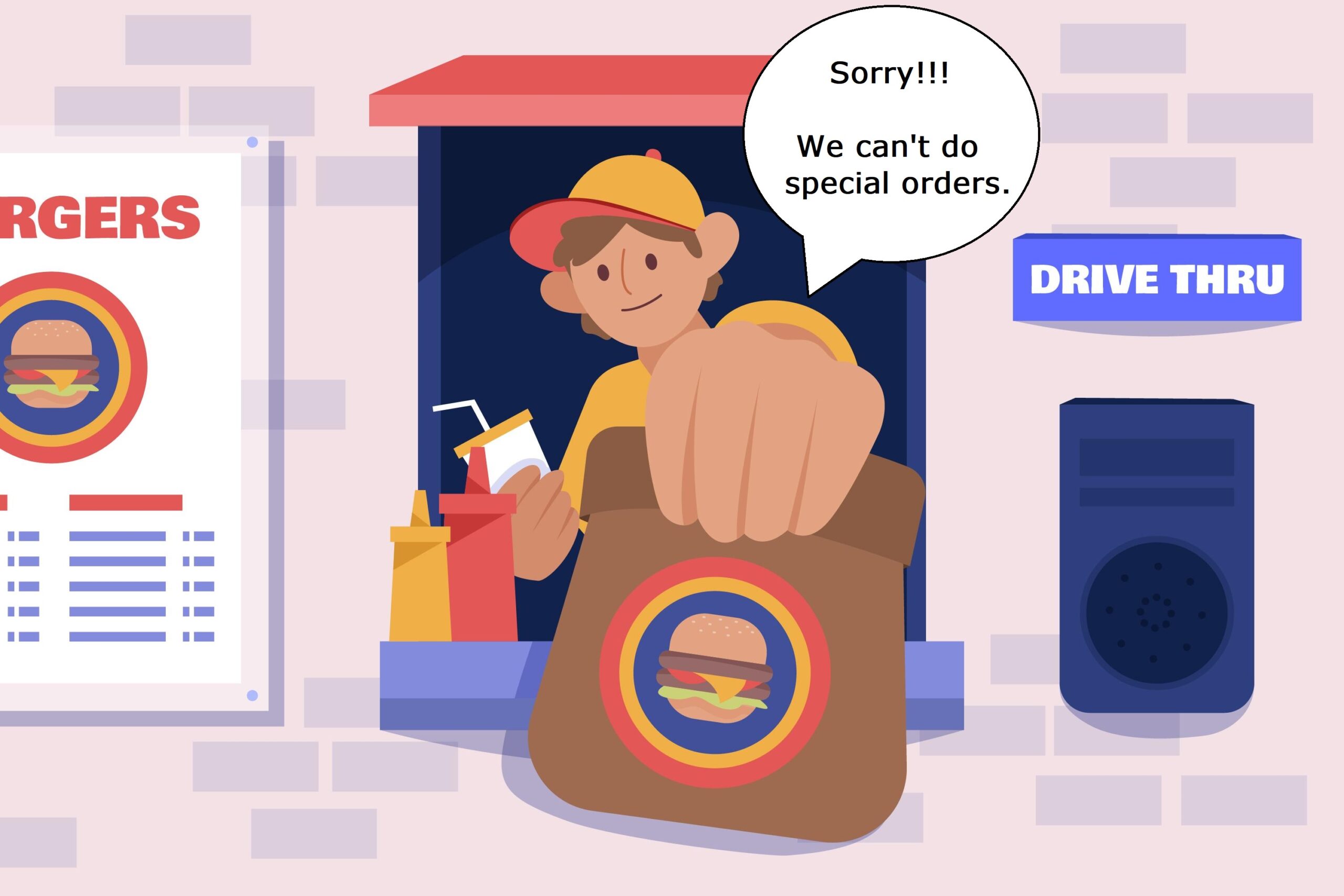
We’ve all been there as leaders. We assign a task to our team to execute. It’s a simple and easy task. Instead of coming back with the task done, we get an answer as to why it can’t be done. Although it may be a legitimate reason, it’s not the solution we expected. Too often the answer to a problem is given as the solution. But the answer is not the solution and should not be taken that way.
I recently heard of a funny story at a fast food restaurant. A customer went into a fast food hamburger restaurant and ordered a cheese hamburger. But this customer really likes cheese and wanted to make a special order request for additional cheese. He asked the cashier for a cheese hamburger with four slices of cheese. The cashier responded that it can’t be done. The POS (point of sales) cash register doesn’t have the menu option to select an additional four slices of cheese. So the special order can’t be made and it can’t be done. That’s the answer the customer was given and one that he had to accept. But it’s not the solution to the order he made. The customer didn’t get what he wanted which was a simple four slices of cheese added to his hamburger.
This story may seem silly but it’s quite realistic. Try it if you don’t believe me. Go into a fast food restaurant and ask for a hamburger. But make a special request for four slices of meat and eight slices of cheese. Is it more complex than the story? Yes. Is it impossible to do? Does the restaurant have enough meat? Do they have enough cheese? The answer is also yes. But you may be surprise to find out that they won’t do it for you for the same reasoning.
Take that scenario and apply it to your teams. I suspect that similar incidents have occurred within your groups in the past. When assigned to do task, it goes undone and an answer is given as to why it can’t be done. But the answer is not the solution that you’d expected.
The misconception of many is that as long as they have an answer, that’s enough to be given as the solution. But it is absolutely not the solution. It is only a justification for why the solution was not produced. This can be frustrating to you as leaders when you’re relying on quality solutions in a timely manner.
As Leaders, you must take the time to explain to your team the difference between the answer versus the solution. What we’re after is the solution to the issue we need resolved. Providing an answer is not the solution needed. You must also teach your teams to exhaust all possible options in order to arrive at the true solution. Don’t give up when they’ve arrived at an answer. What we want is to make it to the solution.
Having said that, I do recognize that there are instances where a solution cannot be had. Or the solution to the problem is not worth the effort needing to be invested. However, make sure that the effort to find all possible options to the solution is exhausted. Ensure that you have all the answers to be able to make the decision of whether it’s worth the effort to get to the solution.
Photo by: Freepik
https://www.freepik.com


